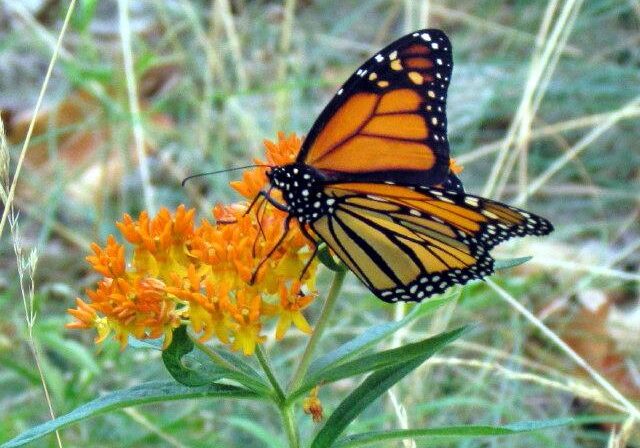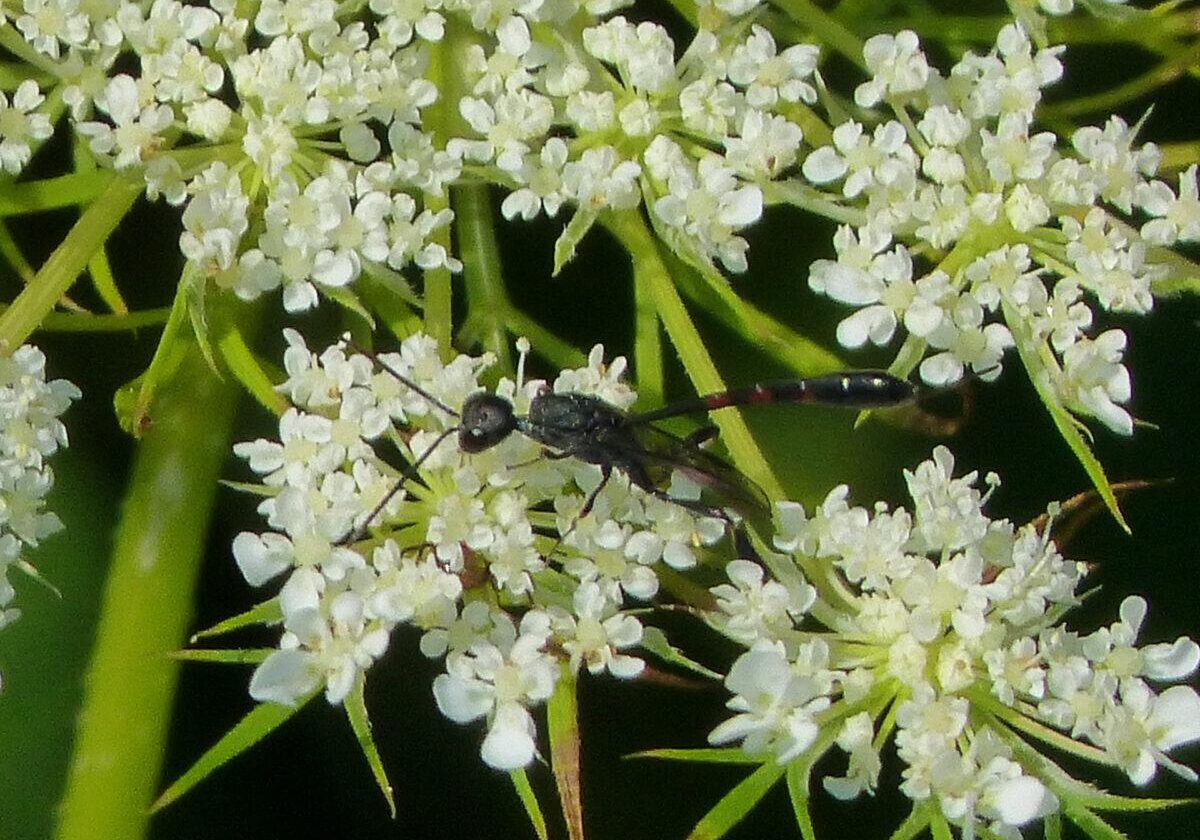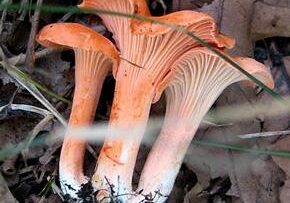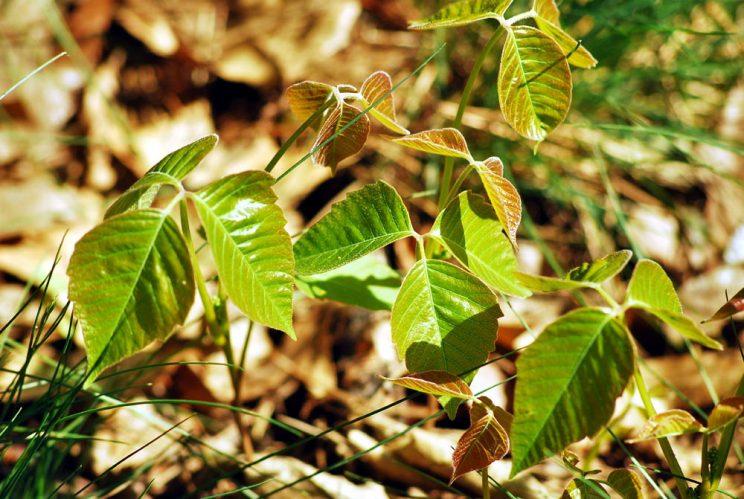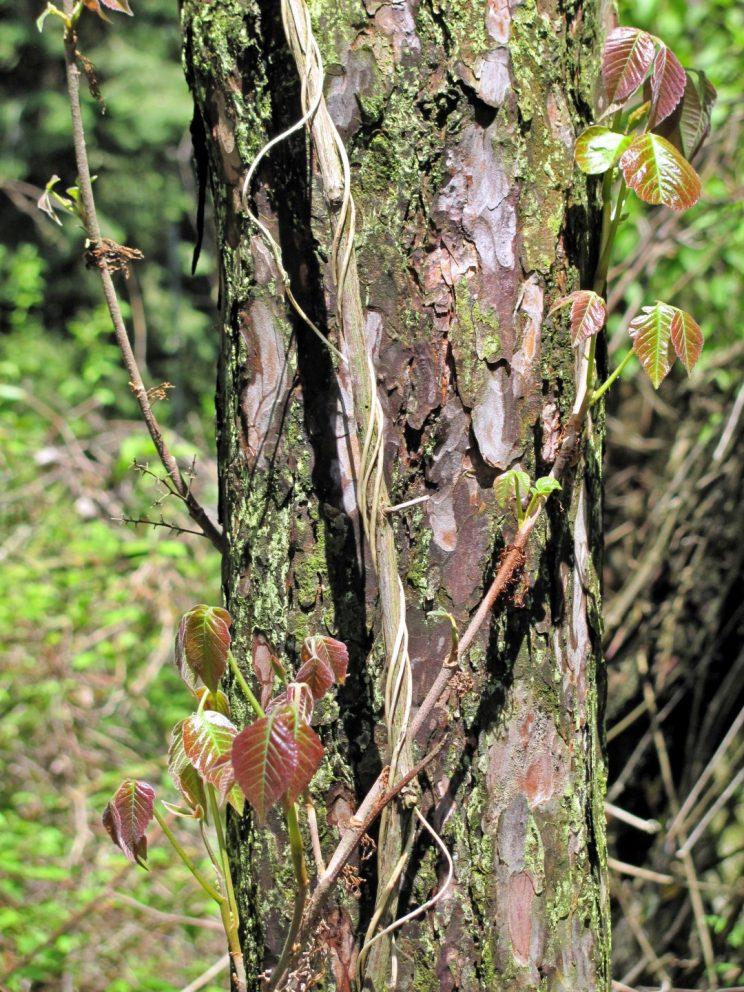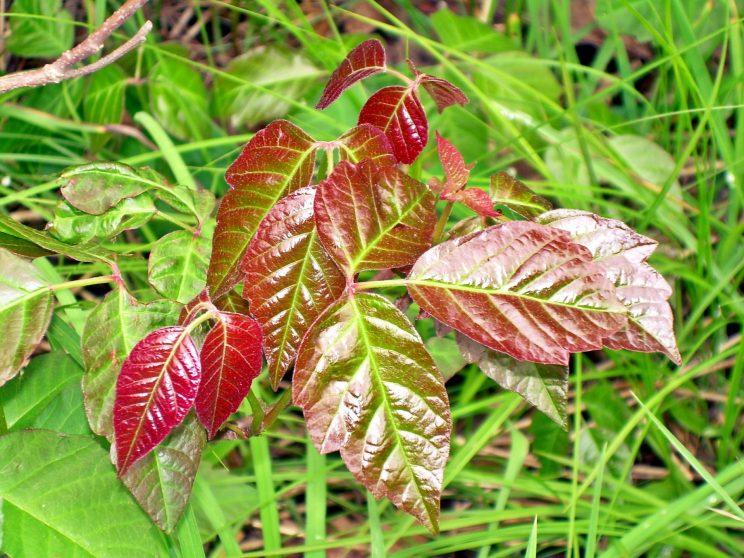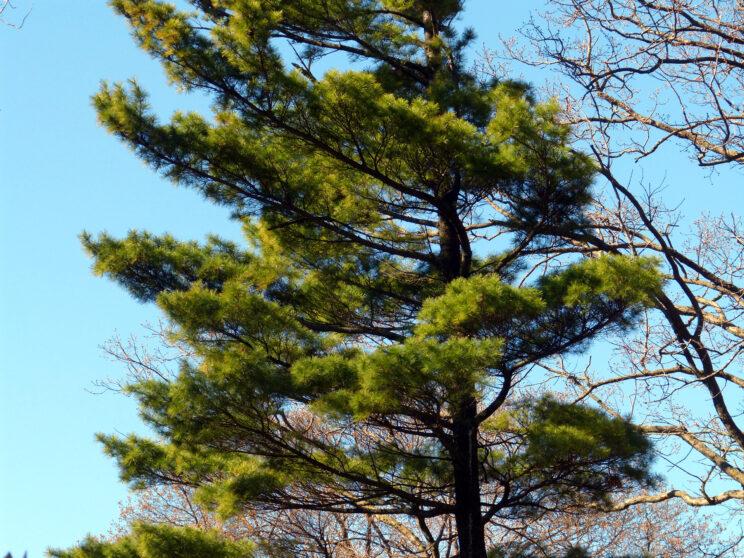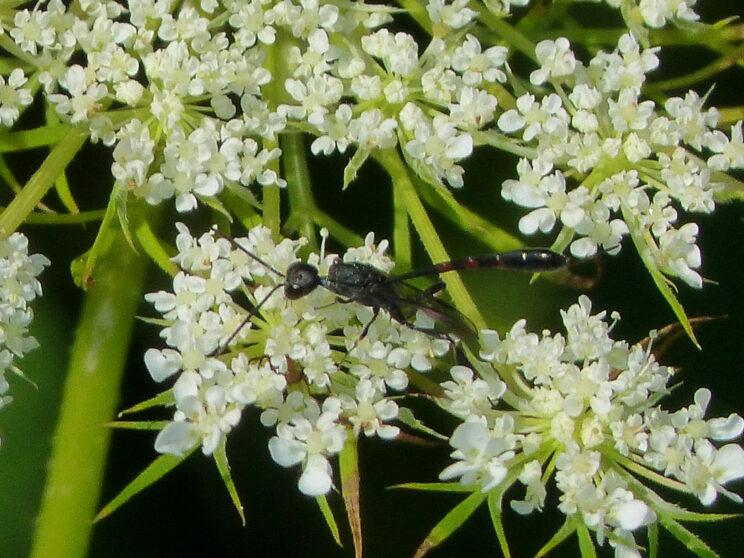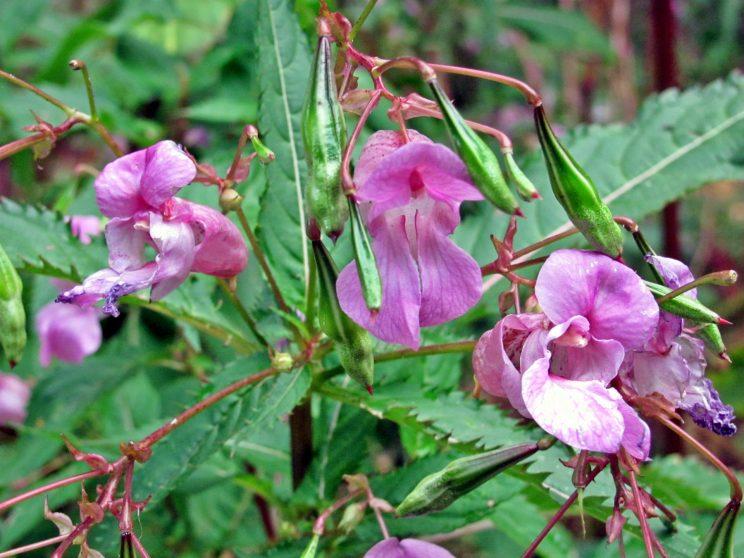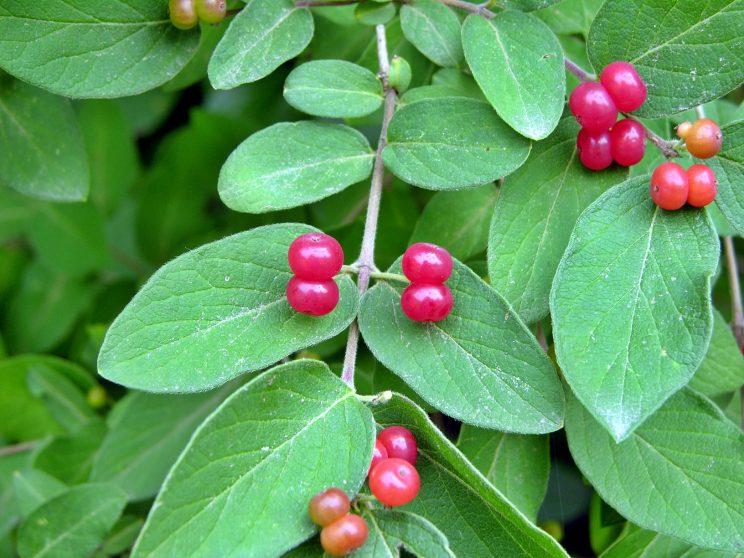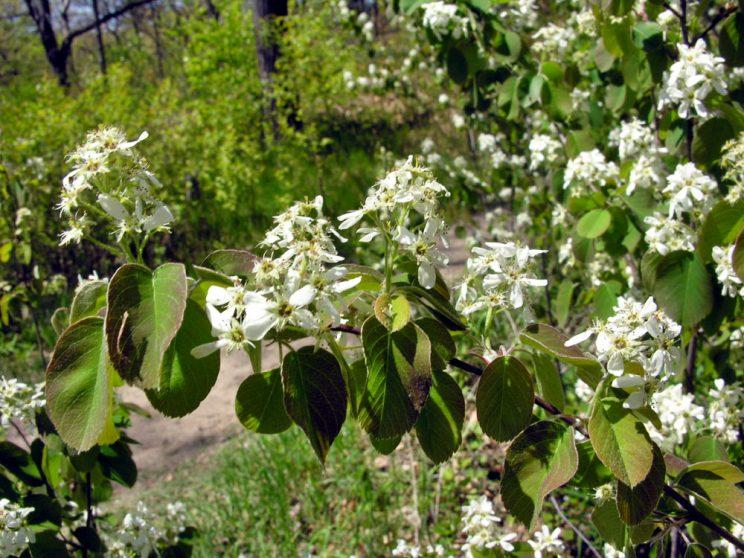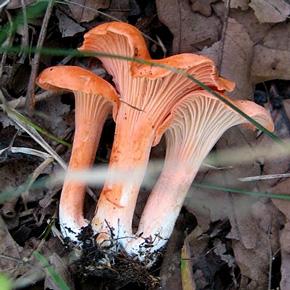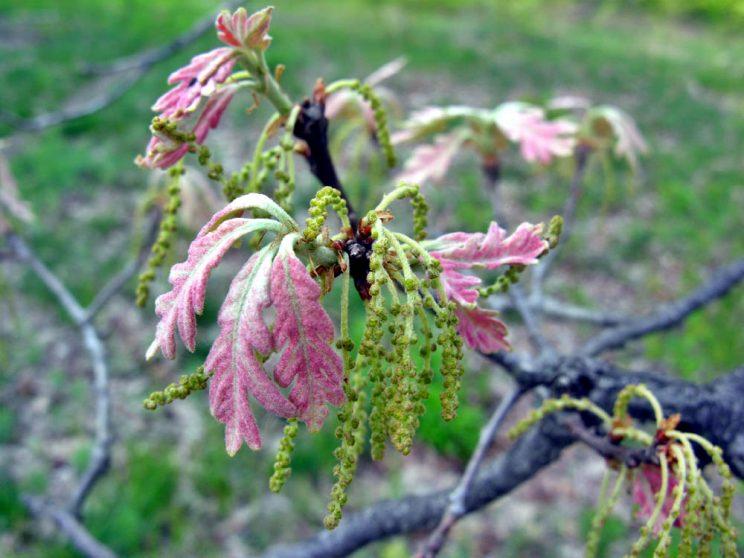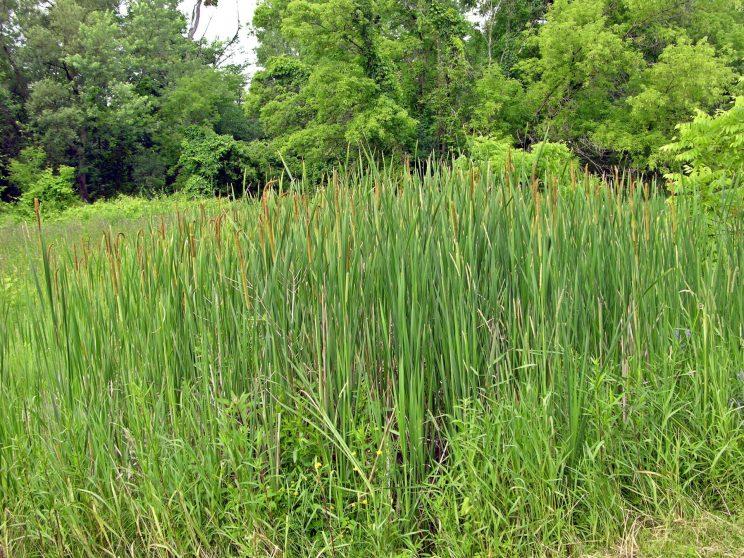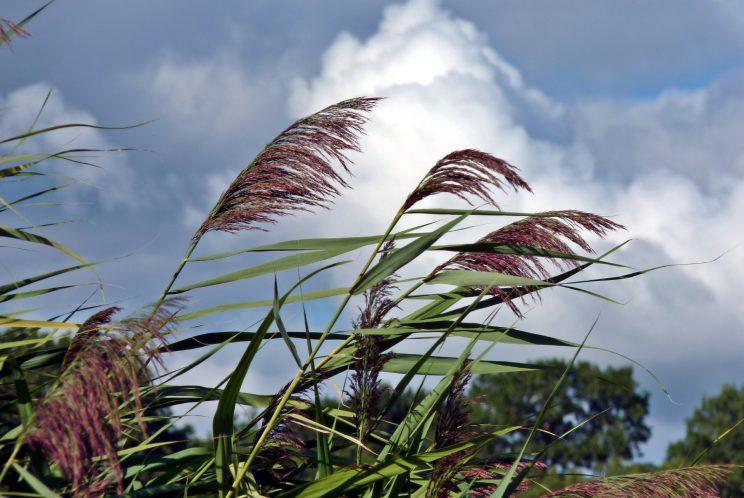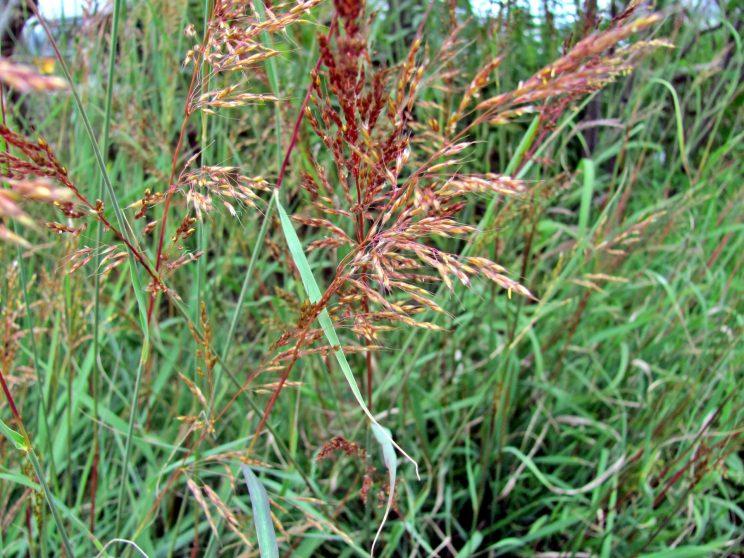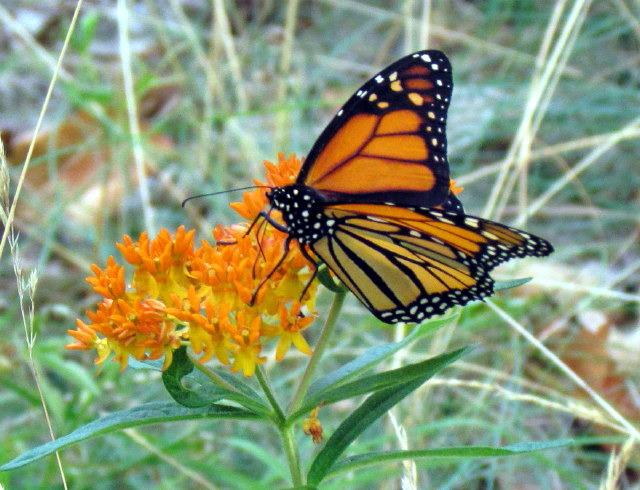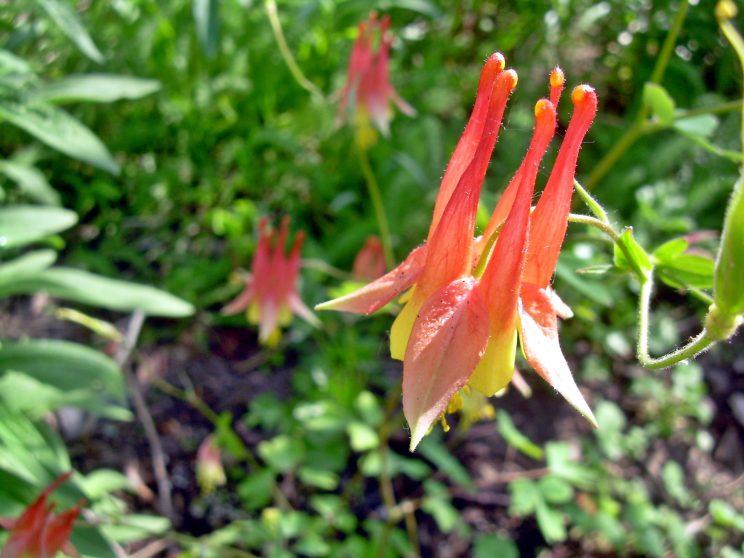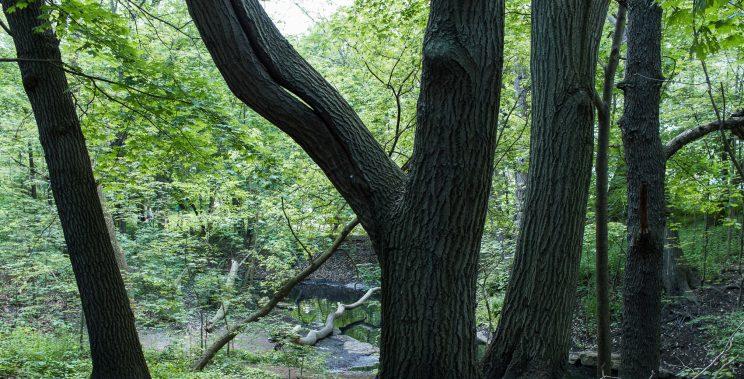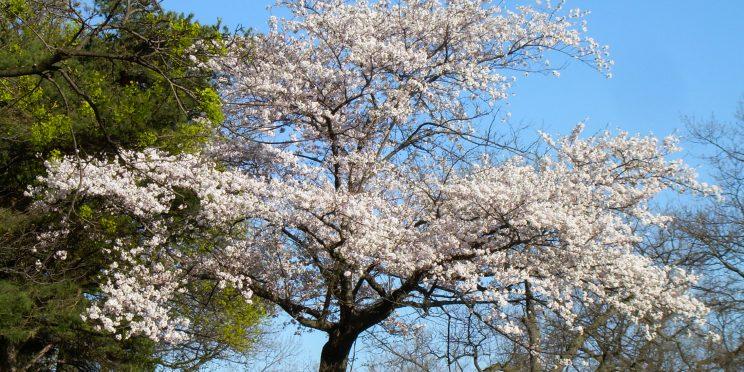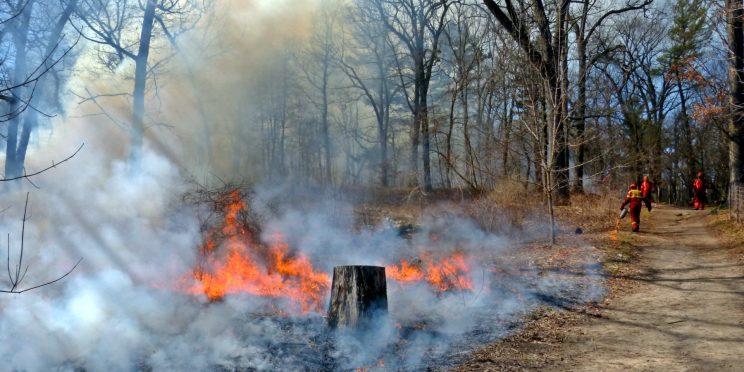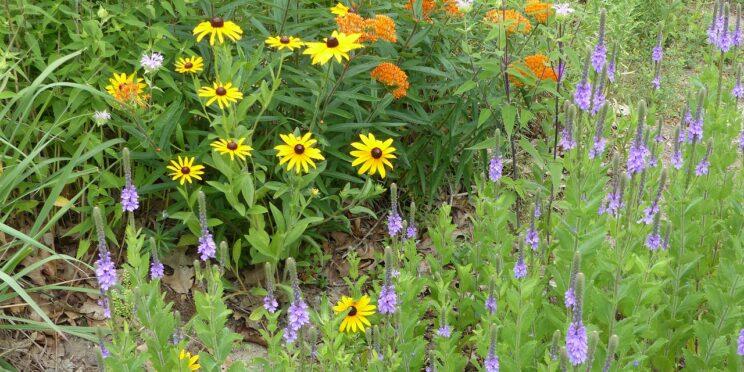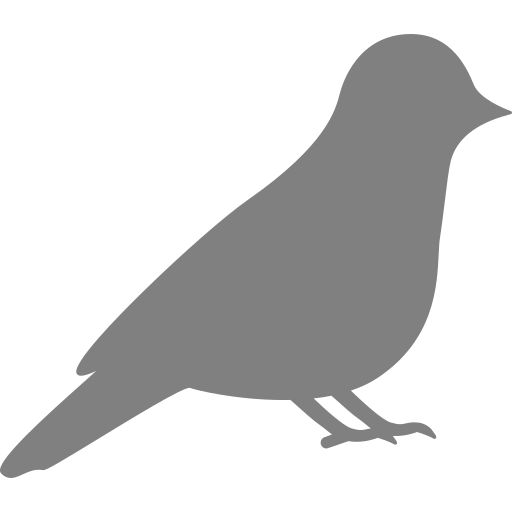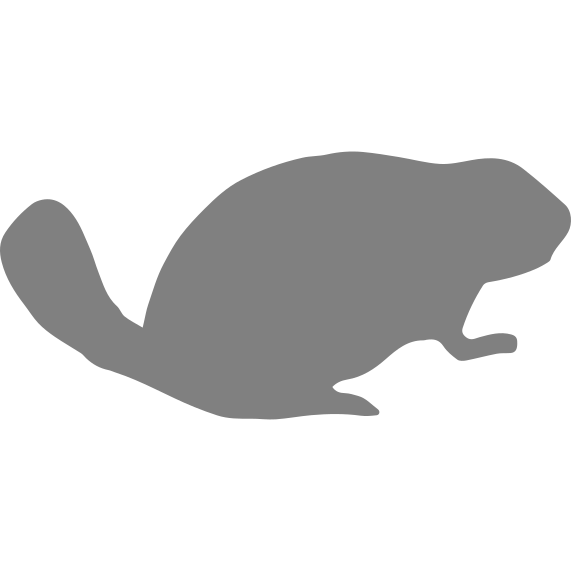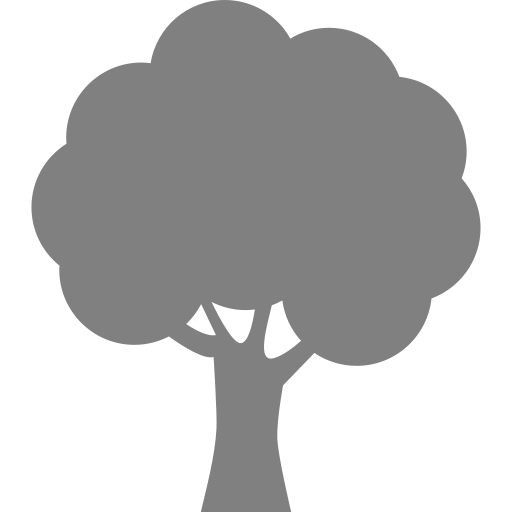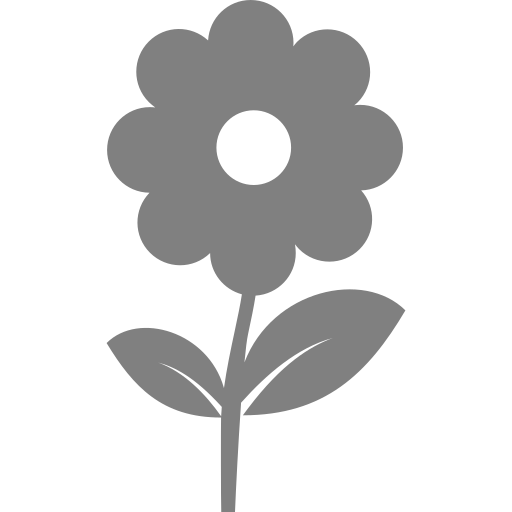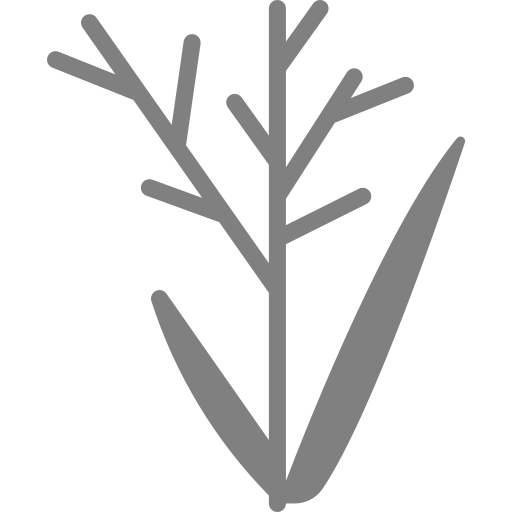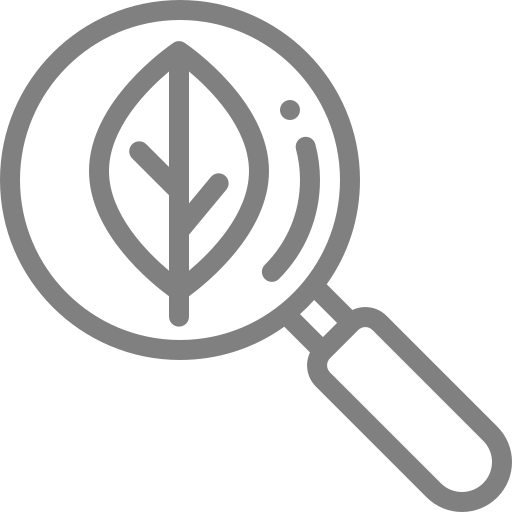High Park is the best remaining natural area on the City of Toronto’s Iroquois Sand Plain... The flora of High Park is outstanding for its 102 extant significant species (4 provincially rare, 9 regionally rare and 89 locally rare plant species), many with southern/western and prairie/savannah affinities. A number of the rare species, particularly those in the cool ravines, also have northern affinities.
Steve Varga, OMNR. Annotated Checklist of the Vascular Plants for High Park and the surrounding Humber Plains, 2008. PDF (721 Kb)
Learn more about Native Plant Care and other groups with plant sales
Learn More

Swamp Milkweed
Blooms: Summer - Fall
Height: 90 cm / 3 f
Conditions: sun to part shade
Native Plant Sale
Cancelled in 2020
The plants are grown in the Greenhouses as part of the High Park Stewards Program. Use native plants in your garden and help native species thrive!
Featured Article
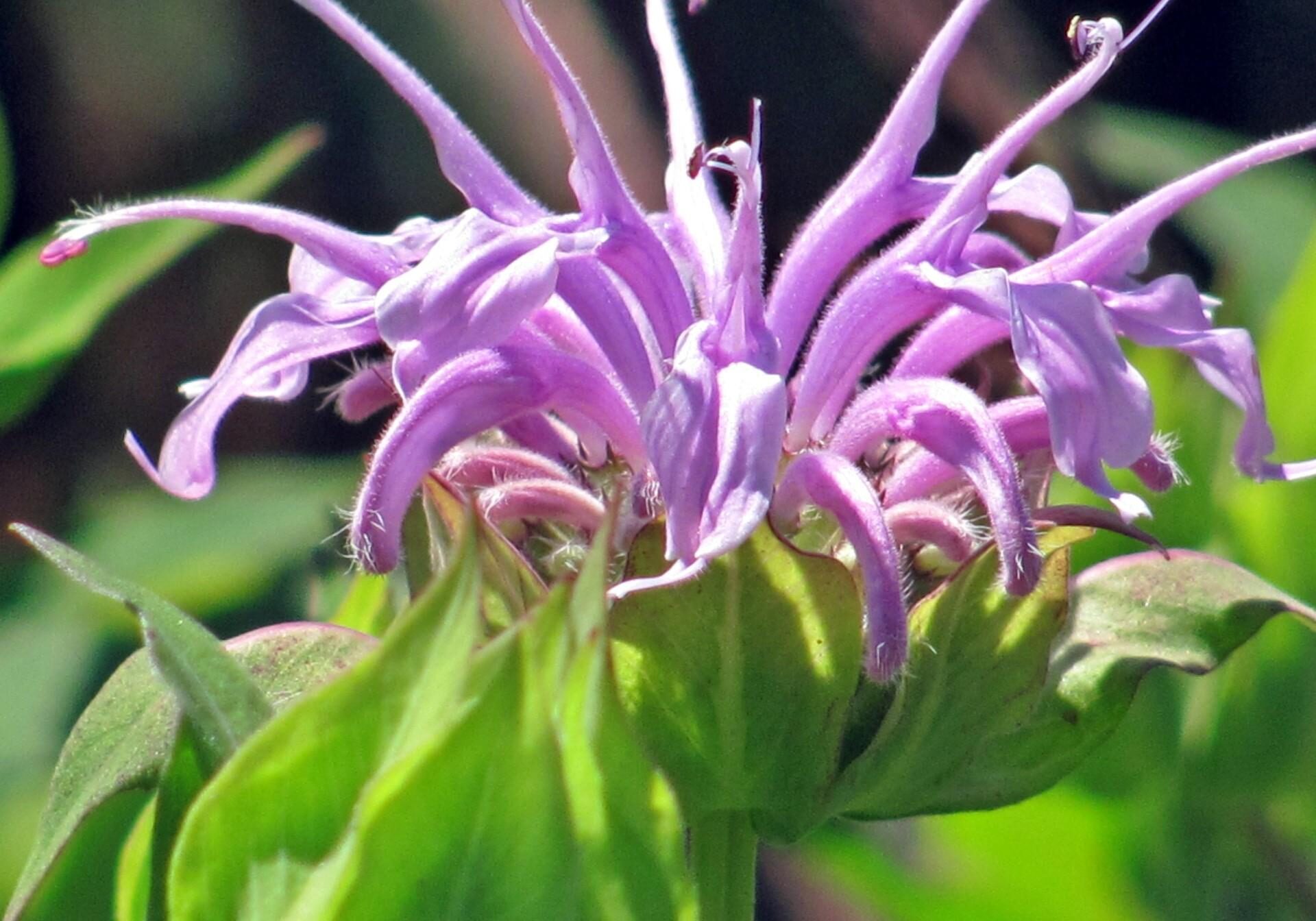
Find Your Plants by Feel and Smell
A plant with silica crystals (sand) in its leaves making it shed water? Yes, and you can find it growing where water trickles down the steep hillsides that run up from Spring Rd. It’s known as Scouring Rush or Horse Tails (Equisetum hyemale) and is designated as a menace in Australia, very invasive in the U.S. and a joy to modern flower arrangers here in Canada. Its hollow ¼” wide stems feel dry and flinty, and are distinctively ribbed lengthwise like fluted straws...
Plants of the Black Oak Savannah
The dry, low-nutrient conditions of High Park’s black oak savannah supports a wealth of prairie plants that were once found throughout the region but have since become uncommon or rare. These include:
- prairie grasses such as big bluestem, little bluestem and Indian grass - see more grasses and sedges »
- prairie flowers such as cylindrical blazing star, hairy bush-clover and showy tick-trefoil, plus the wild lupine that blankets the savannah in late spring - see more High Park wildflowers »

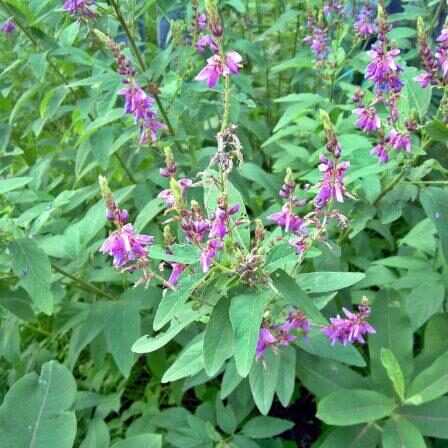
Macrophytes – Wetland Workhorses
Macrophytes are plants that grow in or near water. They may be emergent (growing out of the water), submergent (growing under the water), or floating. Along the shallow edges of ponds and lakes, macrophytes provide cover for fish and habitat for aquatic invertebrates and other wildlife. They also produce oxygen and act as food for some fish and wildlife.

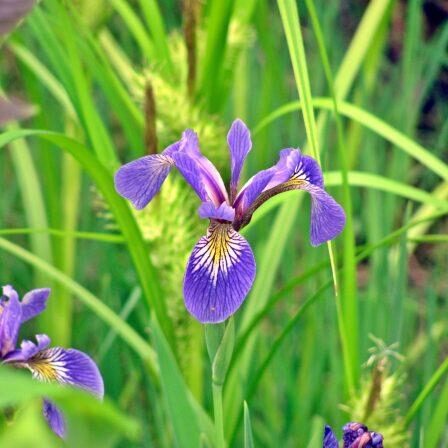
High Park Stewards Guidebook: Rare Plants of the Endangered High Park Black Oak Savannah
A plant and habitat guide, history of High Park, account of volunteering experiences and catalog of stewardship resources all in one entertaining pocket-sized book.

Biodiversity Booklet Series
Includes: Birds, Butterflies, Spiders, Fishes, Mammals, Bees, Reptiles and Amphibians, Mushrooms, and Trees, Shrubs and Vines of Toronto. Free copies may be available at your local Toronto Public Library branch. To find out more about these free guidebooks or to download a pdf version, visit the City of Toronto's Biodiversity website.

